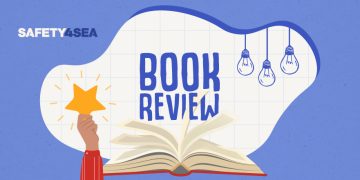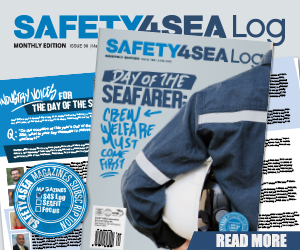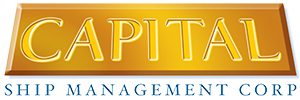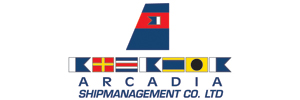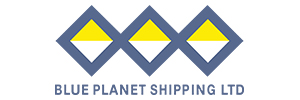Lloyd’s Register (LR) announced that it will become one of the first maritime organisations to use generative artificial intelligence (AI) for permitting capabilities built upon Microsoft Azure OpenAI Service, to bridge the gap between terrestrial and maritime applications.
As announced, the capabilities are designed to enhance the regulatory process for nuclear technology and will be used by Lloyd’s Register to advance the deployment of nuclear in maritime applications.
We have a large data source from decades of regulatory applications which these AI capabilities can interrogate swiftly to identify good practice and lessons learned. Together, we’re tackling one of the biggest challenges in deploying nuclear technology, which is navigating complex, slow, and costly licensing processes.
…said Mark Tipping, Global Offshore Power To X Director, Lloyd’s Register.
Tipping added that collaborating with Microsoft provides LR with an opportunity to combine two very different areas of expertise, Microsoft’s AI capabilities and LR’s knowledge of maritime and nuclear safety.
Furthermore, this collaboration has been driven by Lloyd’s Register’s CTIO team. Jeff Scott, Deputy Chief Technology and Innovation Officer, who engaged with Microsoft to explore AI’s potential in maritime nuclear regulation, said: “Regulations shouldn’t be a roadblock to innovation—they should be a launchpad. By teaming up with Microsoft, we’re using AI to cut through the red tape and fast-track the future of nuclear in maritime. It’s an exciting step toward making clean energy a reality on the water.”
Darryl Willis, Microsoft CVP, Energy & Resources Industry also commented that this collaboration underscores the commitment to harnessing the power of AI to drive innovation and advance sustainability across sectors.











